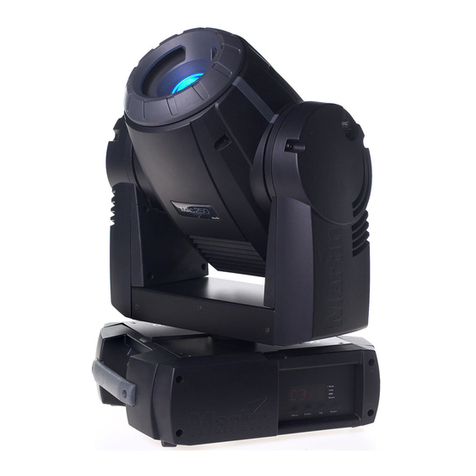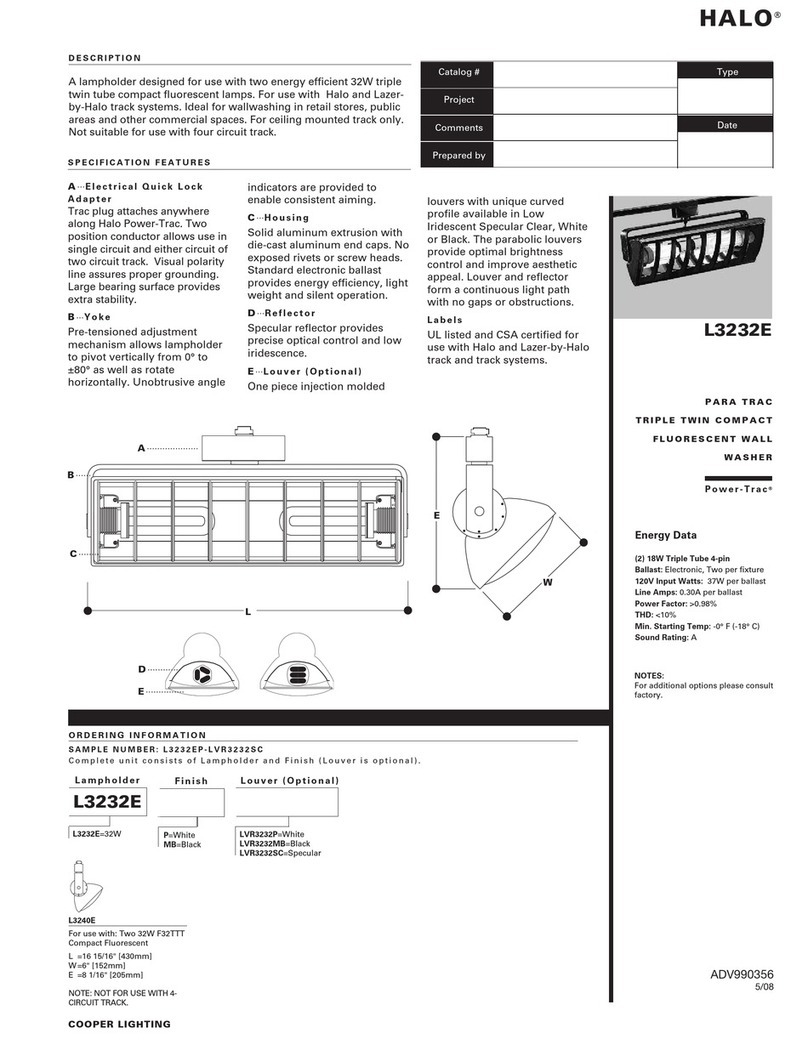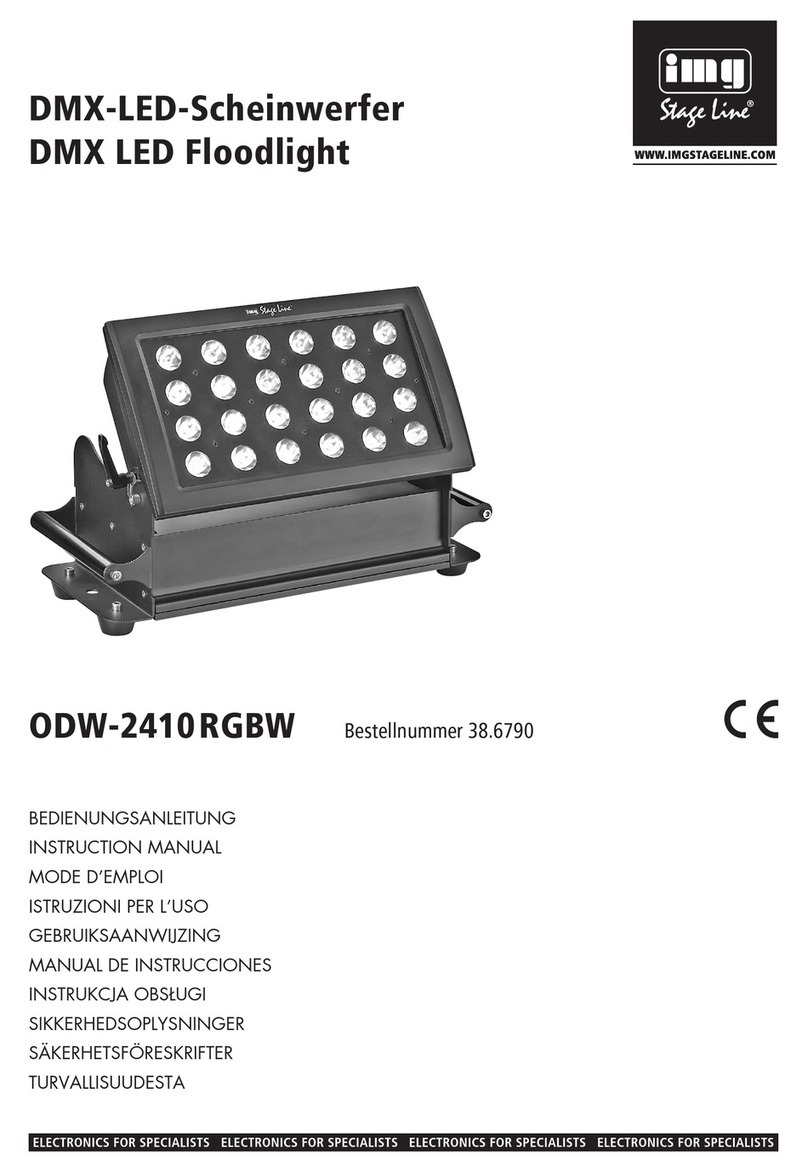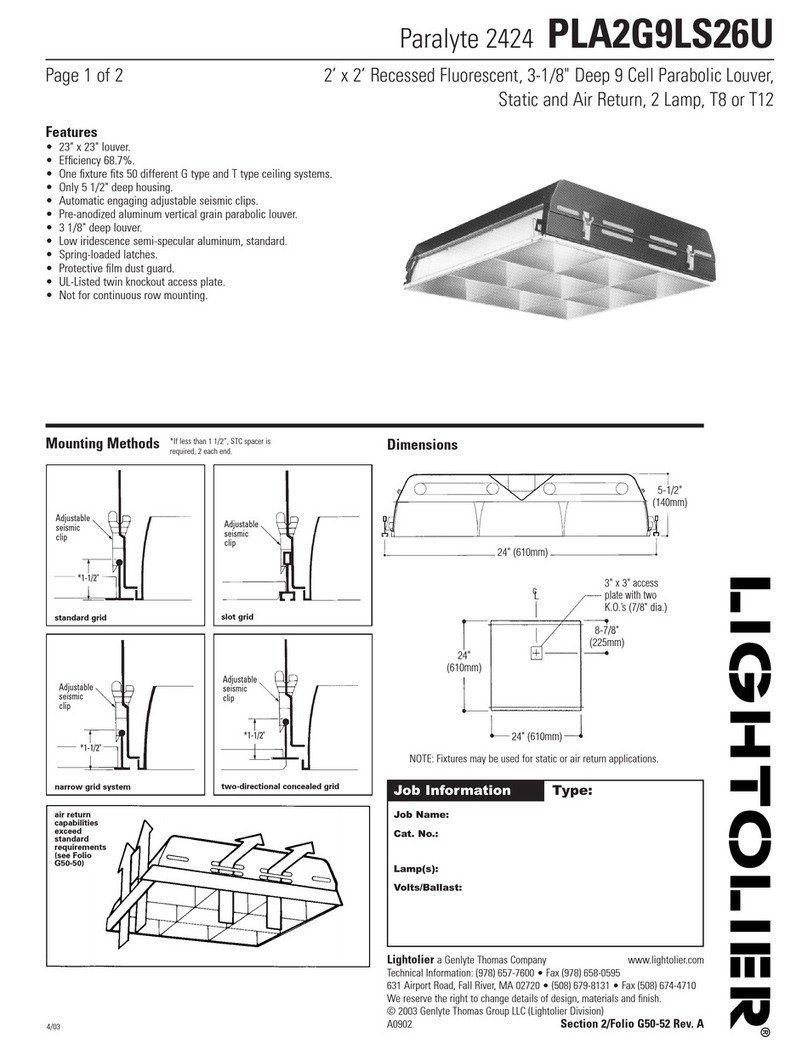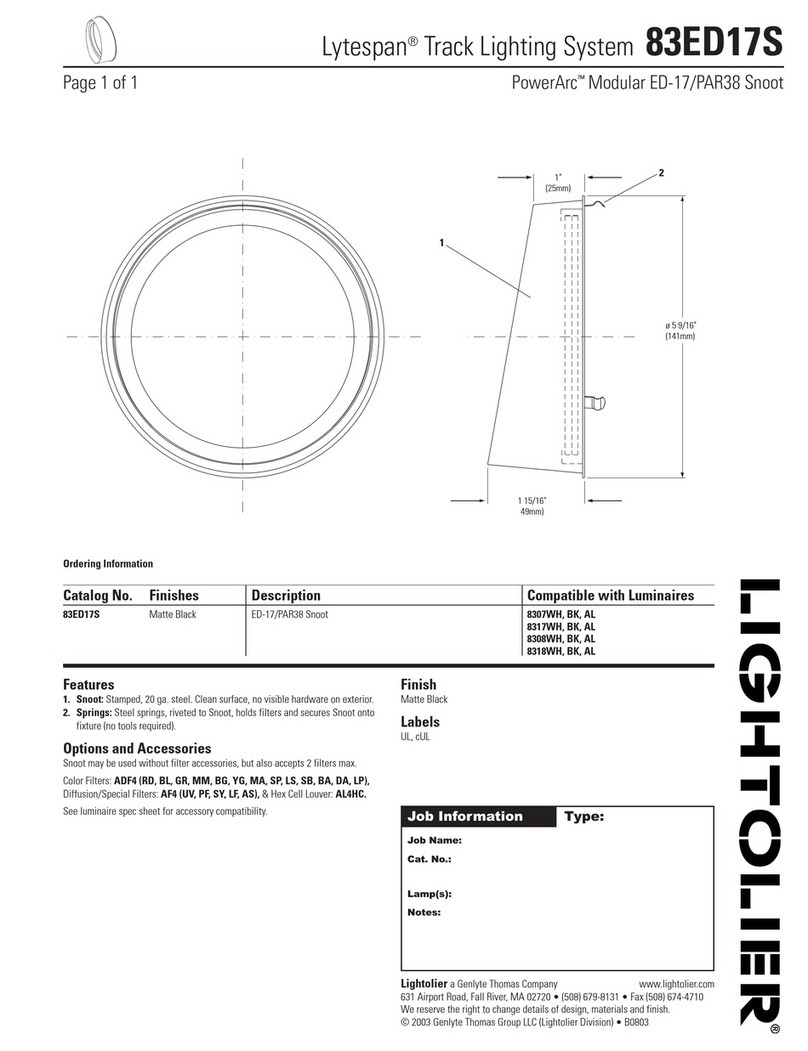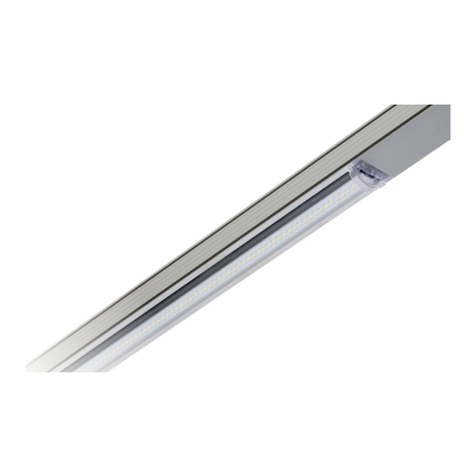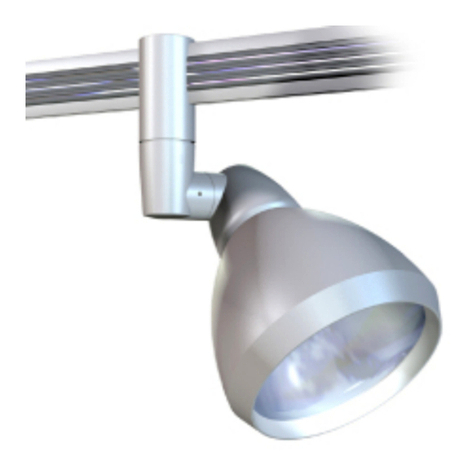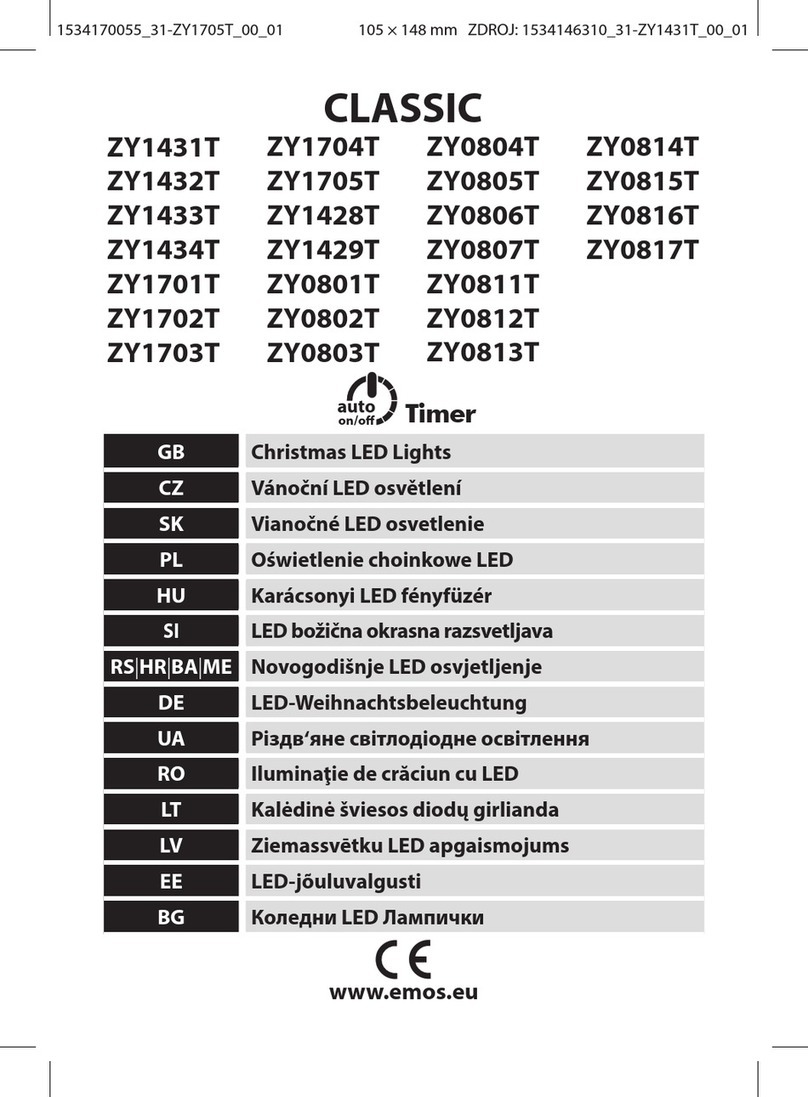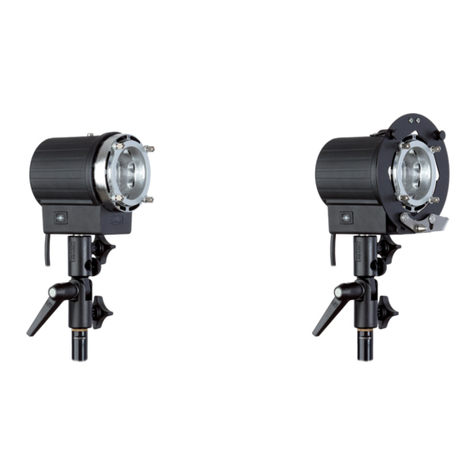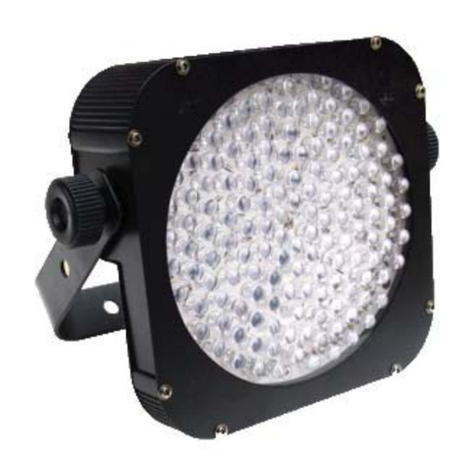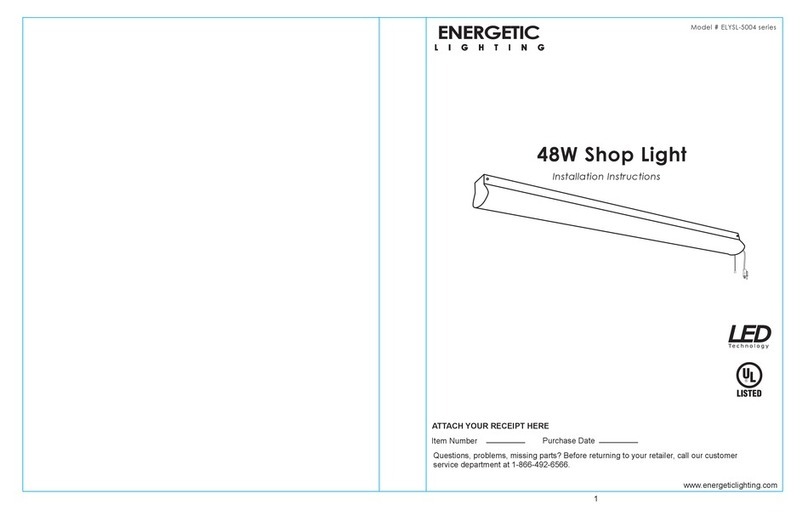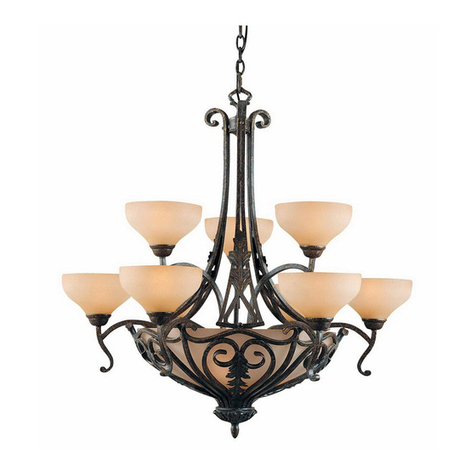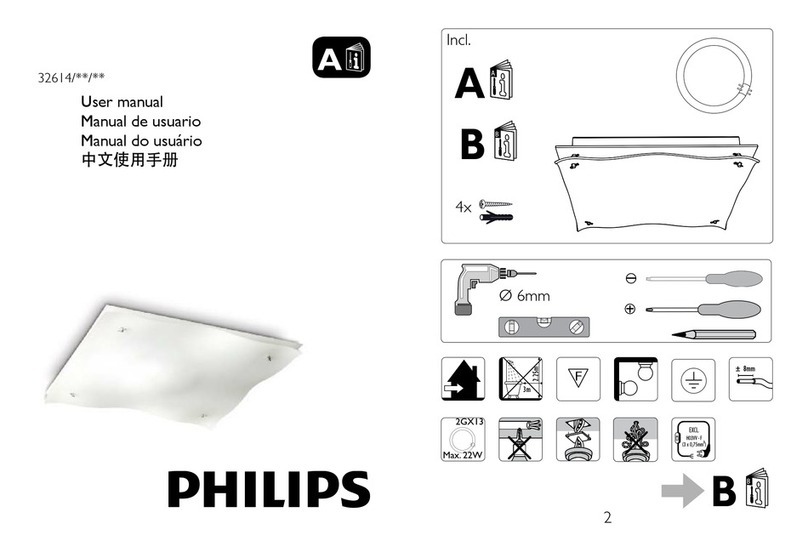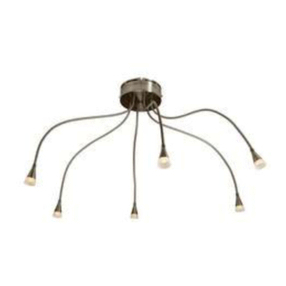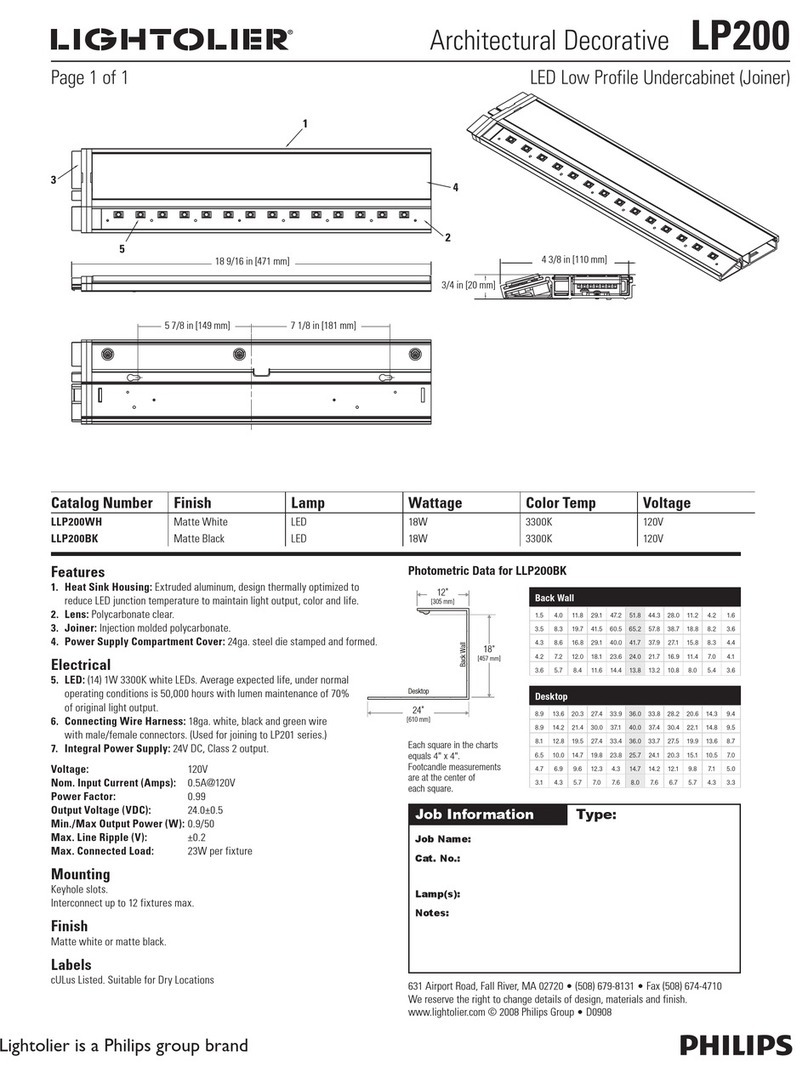
TABLE
OF
CONTENTS
'INTROqUCTION .................................................................................. 3
II
SAFETY CONSiDERATIONS............................................................... 5
11.1
RADIATION............................................................................... 5
11.2
LAMP EXPLOSION....................................................................5
11.3
OZONE ..................................................................................... 6
11.4
ELECTRICALSHOCK.............................................................. 6
11.5
EMI
............................................................................................ 7
11.6·
HEAT
...............................................................,.......................... 7
III
GENERAL DESCRIPTION ................................................................... 8
111.1
LAMP'
AND REFLECTOR ADJUSTMENTS ............................. 8
111.2
BUILT-IN IGNITOR.................................................................... 8
111.3
LAMP COOLING....................................................................... 8
111.4
SAFETY AND MONITORING FEATURES............................... 9
111.5
ELAPSED TIME INDICATOR .................................................. 9
111.6
HOUSINGS WITHOUT CONDENSING LENSES.................... 9
111.7
MOUNTING............................................................................... 9
IV
LAMP INSTALLATION AND INITIALOPERATION ............................
13
IV.1
ADJUSTMENT OF
LAMP.
MIRROR AND LENS....................
17
IV.2
COOLING................................................................................
20
V LAMP HOUSING OPTICS..................................................................
23
V.1
COLLIMATED BEAMS............................................................ 24
V.2
UNIFORMITy..........................................................................
25
V.3
IMAGING THE ARC................................................................
26
V.4
REAL LENS.............................................................................
27
V.5
HOW
DO
YOU
POSITION THE CONDENSER
TO
GET ACOLLIMATED BEAM?.................................................
30
VI
CIRCUIT DESCRIPTION....................................................................
31
VI.1
IGNITION CIRCUIT ................................................................
31
VI.2 COOLING
FAN
CONTROL CIRCUIT.....................................
31
VI.3 ELAPSED TIME INDICATOR DRIVE CIRCUIT.....................
32
VI.4 INTERLOCK CIRCUIT........................................................:...
32
VII
TROUBLESHOOTING........................................................................
33
VI1.1
INTRODUCTION ....................................................................
33
VII.2 PROBLEMS ............................................................................
33
WARRANTY
RETURNS
DRAWINGS
SCHEMATICS
PARTS
LISTS
2
Artisan Technology Group - Quality Instrumentation ... Guaranteed | (888) 88-SOURCE | www.artisantg.com

